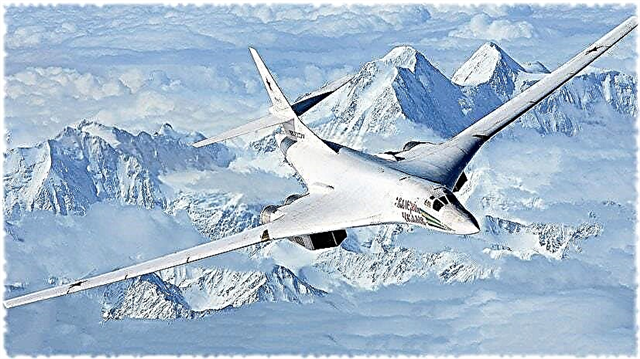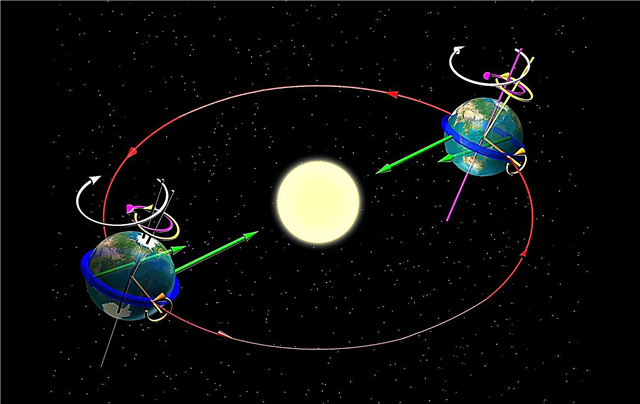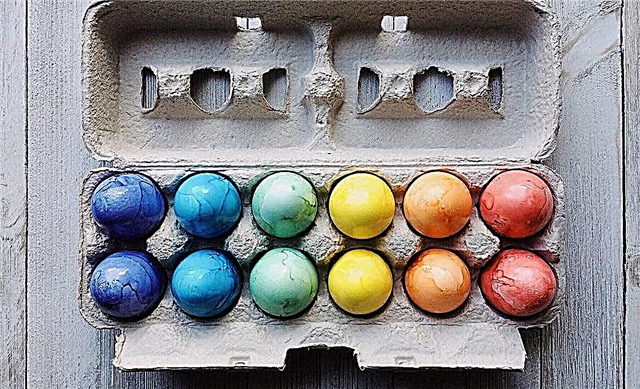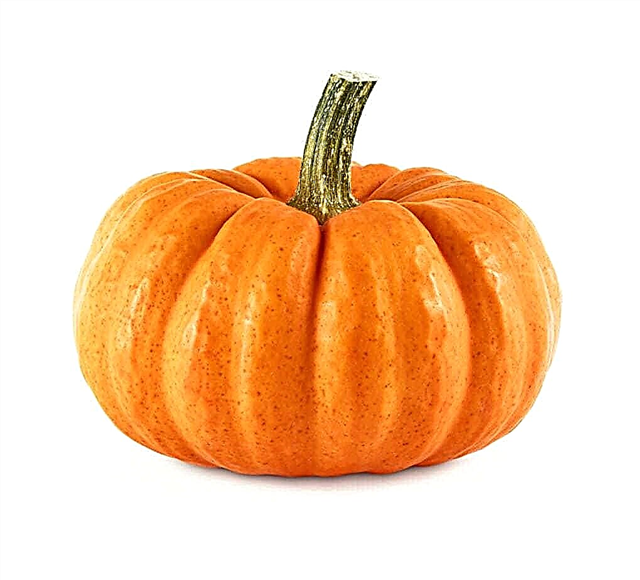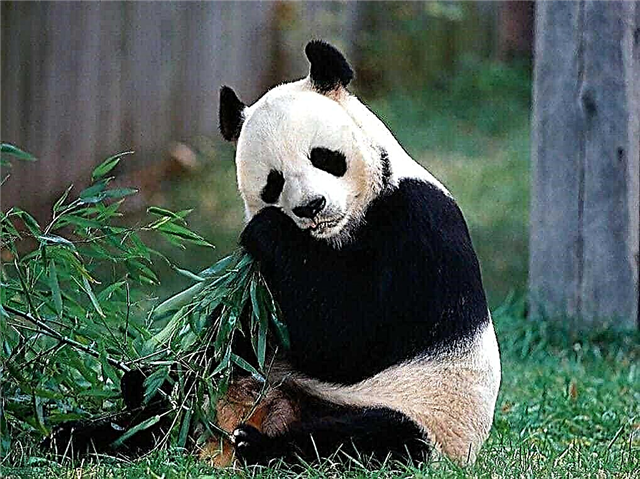
Gophers

Terrestrial habitats are best developed by rodents. Representatives of the squirrel family living on the earth - ground squirrels and groundhogs - formed a characteristic life form: it is designated by the general concept of "ground squirrels".
These animals weigh from hundreds of grams to several kilograms (the largest types of marmots - up to 8 kg); they live in arid steppes, semi-deserts or mountains of Europe, Asia and America. They have a shortened tail and small rounded auricles.
The color of the fur, as a rule, is yellowish-gray or reddish with spots or streaks, masking rodents against the background of grass burnt out in the sun. An elongated body is well adapted to life in holes. Gophers settle in colonies, and groundhogs in families. The period of their activity is limited by the warm season; for the winter, animals hibernate, spending an accumulated supply of fat. The gopher menu is dominated by plant foods.
Hamsters

To another group of terrestrial rodents “hamsters” - belong short-tailed, with blunt muzzles, small omnivorous animals. All of them are inhabitants of the plain or foothill steppes and deserts, are inactive, live alone, lead a normal or one-and-a-half nightly lifestyle. In winter, "hamsters" feed on stocks made in the fall, sometimes fall into shallow hibernation. Typical representatives of this life form - the Near Asian, or Syrian hamster and the Dzungarian hamster - are often kept in captivity.
Voles

Another ground group - “voles” - includes representatives of the hamster family: forest, gray and mountain voles, lemmings, cotton hamsters, etc. These are small, short-tailed animals with small ears hidden in fur and small eyes.
The skin is gray or brownish. In the summer, voles feed mainly on leaves and shoots, and in winter, more nutritious seeds and fruits. These rodents are active throughout the year, and make abundant supplies for the winter. "Voles" are digging animals. Some of their species living in open spaces settle in colonies. They are found in a wide variety of conditions - from flat forests to the tundra and mountain alpine meadows.
Mice and rats

The group of “mice and rats” includes small, long-tailed, sharp-faced rodents with a long hind foot; they move, jumping on their hind legs, like a kangaroo. Their diet, in addition to plant foods, includes animal feed. They are very mobile, do not hibernate and do not make stocks, and also do not build complex burrows, often relying on natural shelters. Such rodents are inhabited by the most diverse, representatives of some species have adapted to living in human dwellings. Numerous species of mice and rats of the Old World belong to this life form, and besides them, mice are also related to jerboas, and representatives of the hamster family on the American continent.
Jerboas

The group of jerboas is named for the jerboa family (Dipodidae).It combines small rodents (body length from 4 to 26 cm), adapted for rapid movement by jumping. The hind legs are strong and elongated, the front legs, on the contrary, are shortened. The hind foot is very elongated and in some species reaches half the length of the body. At the end of the tail, the characteristic brush is the “banner”. Auricles in most are very large and almost bare.
Active jerboas are most often at night. Eat high-calorie plant foods (seeds, tubers, bulbs) and invertebrates. "Jerboas" inhabit open arid territories - steppes, semi-deserts and deserts, mainly in Central and Central Asia, but several species live in Africa. The big-footed hamsters (Macrotarsomys) that live on the island of Madagascar are very similar to jerboas.

In Central and South Africa, species resembling giant jerboas are found in the species of the long-legged family (Pedetidae). These large rodents weighing up to 1-3 kg and body length up to 48 cm inhabit desert and semi-desert plains. Longstriders can be considered champions among rodents in long jump. The frightened animal bounces right away by 2-3 meters, and according to some reports - by 6-9 meters.
Mole rats or root eater

“Mole rats,” or “root-eaters,” are a group of the most unusual rodents. This life form is the result of a transition to living below the surface of the soil. The bodies of rodents (and not only rodents), living and collecting food underground, are built on the principle of "nothing more."
The most striking representative of this type - mole rat - has virtually no many organs that are well developed in terrestrial species: tail,the neck and paws are greatly shortened, the auricles, and the eyes almost disappeared and are hidden in the hair (hence the name mole rat). The body is elongated like a sofa roll.
Very soft and thick wool is freely laid in any direction, making it easier for the animal to move underground. The mole rats form a separate family and spread in the arid wall and semi-desert regions of Europe, Western and Asia Minor, the Middle East and northern Africa. In addition to mole rats, in similar natural conditions on other continents, many unrelated groups of rodents have also switched to an underground way of life.
Mole rats dig the earth with the help of incisors and push it to the surface with a flattened head. The outgrowths of their lips close in the mouth behind the incisors, so that the earth does not enter the oral cavity.

Representatives of the genus Zocors (Myospalax), common in Asia, dig passages and burrows with the help of front barks with highly developed claws, and push out dug paws, chest and head. American saccular gophers (Geomyidae), so named for their cheek pouches, laying holes, use both teeth and forepaws. Species of the digger family (Bathyergidae), living in Africa, dig the ground with incisors, and push it out with the help of their hind legs.
All "mole rats" feed mainly on the underground parts of plants (roots, rhizomes, tubers, bulbs, etc.), do not fall into hibernation, and feed stocks are stored in special storage rooms for pantries. These animals, as a rule, are very aggressive and prefer not to contact with each other.But some diggers, such as the mole rat (Ellobius) and the Cape mole rat (Georychus), live in families, and sometimes in colonies.
The relations between individual individuals in colonies of almost completely hairless naked mole rats (Heterocephalus), numbering up to several hundred animals, resemble the bee community in the hive: there are “workers”, a “uterus” - the only female of the colony that gives birth, and several non-working males - “ drones. " It is interesting that among the “workers” there is a division of labor: some collect food, others protect the colony from predators.

